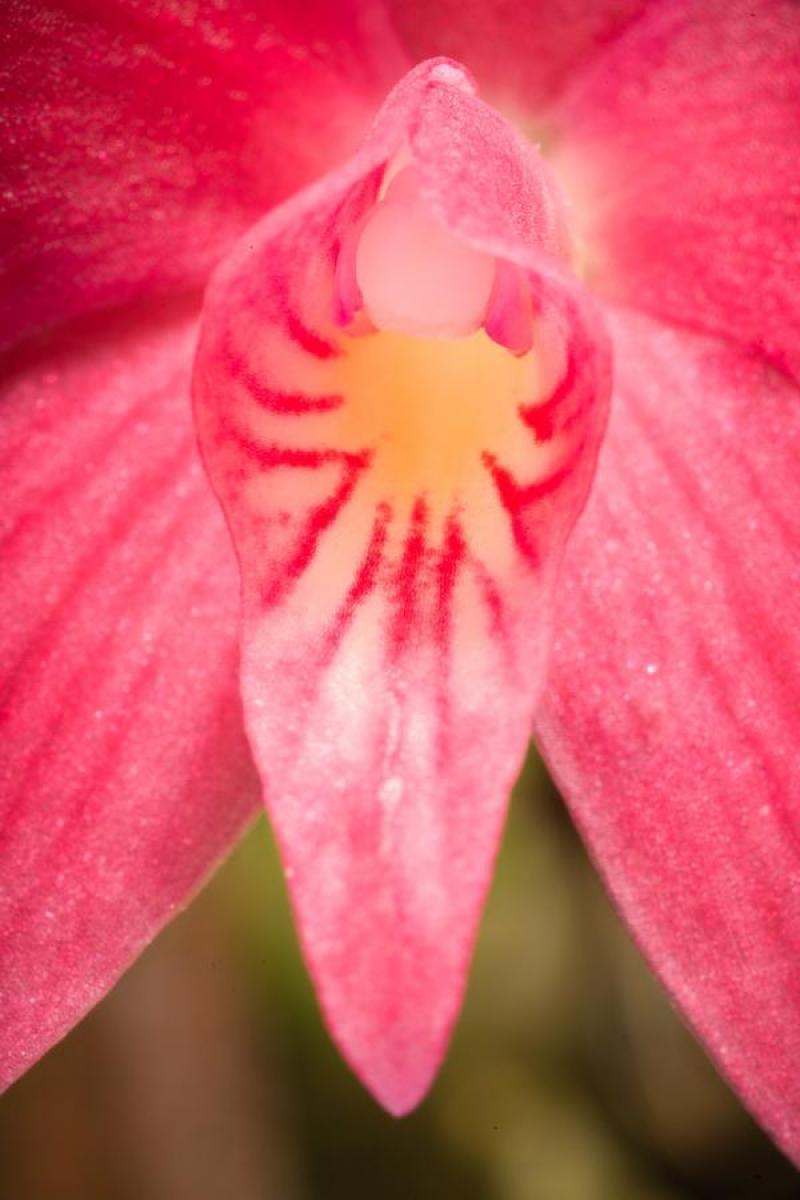Cattleya candida
Also known as: The Beautiful Cattleya in the subfamily: Epidendroideae
Native to: Departamento del Huila - Colombia
General Information
The Beautiful Cattleya is a sympodial warm to hot growing orchid belonging to the sub family Epidendroideae native to Colombia. It is named after the easter lilies.
Plant Description
Sympodial. Grows to 40cm. Each new growth has numerous leaves that grow to 25cm long. Pseudobulbs grow to 15cm
Fragrance
The fragrance can be described as sweet
Substrate(s)
- Coarse
Climate
Grows at high elevations. Rainfall ranges from 56mm to 221mm per day, heaviest in October and lightest in August. Humidity ranges from 71% to 82%, highest in November and lowest in September. Temperature ranges from 16C to 25C, highest in July (17C to 25C) and lowest in March (16C to 22C).
Watering
These orchids are sensitive to excessive watering and should only be watered when they look thirsty. Water infrequently and ensure that the roots are dry before watering. Keep an eye on them especially during hot weather as overwatering can lead to rot, whereas underwatering may result in wilting or shriveling, which while unattractive, will not kill the plant.
Keep moisture levels up during hot weather as the plant is prone to dehydrationFertiliser
Apply liquid based fertiliser per recommended directions. They can benefit from a high phosphate fertiliser leading up to flowering season, followed by a high nitrogen fertiliser when new growth appears, and a balanced fertiliser in other times. These orchids can also tolerate slow release fertiliser applied 1-2 pellets per cup (250ml) of media.
Be sure to flush out excess fertiliser by running water through the media regularly year round. Apply fertiliser regularly at half strength year round. Use a high Nitrogen fertiliser during Spring and Summer. Use a high Phosphorous fertiliser during Summer.











